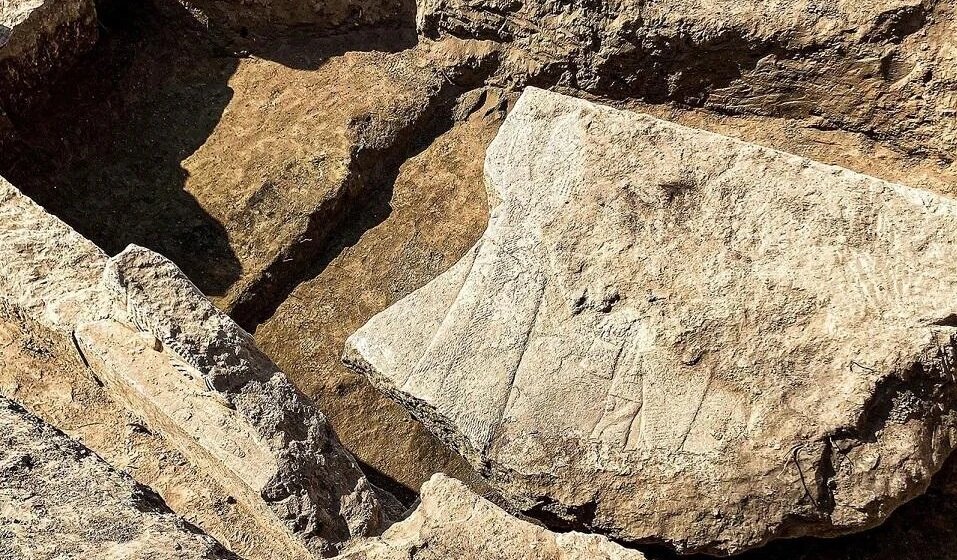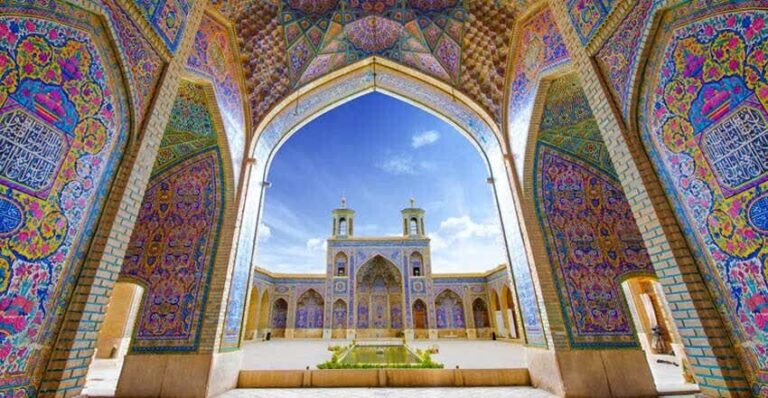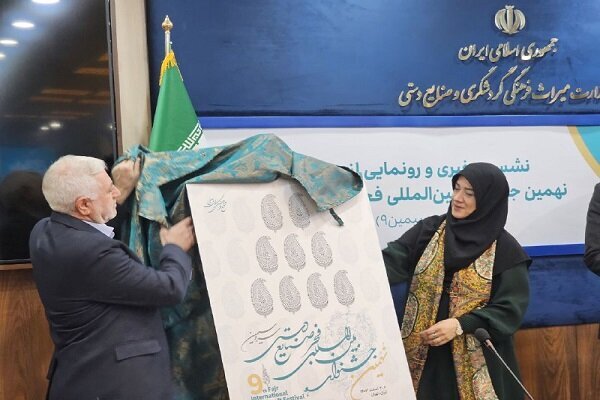Ancient Marvel: 2,700-Year-Old Assyrian Relief with Stunning Carvings Discovered in Iraq
In a remarkable archaeological achievement, a team of German archaeologists from Heidelberg University has uncovered a monumental Assyrian bas-relief in the ancient city of Nineveh, shedding new light on the rich history of the Assyrian Empire. This significant discovery, dating back to the 7th century BC, provides valuable insights into the religious iconography and political symbolism of this ancient civilization.
The bas-relief, found within the North Palace of King Ashurbanipal, is among the most important finds in recent archaeological history. The intricately carved stone panel measures approximately 5.5 meters in length, 3 meters in height, and weighs an impressive 12 tons. It depicts Ashurbanipal, the last great king of Assyria, who ruled from 669 to 631 BC, flanked by two prominent Assyrian deities: Ashur and Ishtar.
Behind these divine figures stand a fish-genius, symbolizing life and salvation, and a scorpion-man figure with raised arms. These elements suggest the presence of a large winged sun disk above, a common motif in Assyrian art that denotes divine protection and royal authority. This discovery is not only artistically exceptional but also historically significant.
“Among the many reliefs found in Assyrian palaces, it is extremely rare – if not unprecedented – to find depictions of major deities,” said Professor Dr. Aaron Schmitt, director of the excavation. “This makes the discovery exceptional, both artistically and historically.”
The relief was uncovered in a pit behind a ceremonial niche located in the throne room of Ashurbanipal’s palace, a site believed to hold high ritual significance. Experts theorize that the relief was intentionally buried during the Hellenistic period (3rd to 2nd century BC), centuries after the fall of the Assyrian Empire. This deliberate burial likely contributed to the artwork’s preservation, providing an explanation for its previous elusiveness during earlier excavations, such as those conducted by British archaeologists in the 19th century, whose findings now reside in the British Museum.
This remarkable find is part of the Heidelberg Nineveh Project, which was initiated in 2018 under the guidance of Prof. Dr. Stefan Maul from Heidelberg University’s Department of Languages and Cultures of the Near East. Since 2022, the excavation team has concentrated its efforts on the Kuyunjik mound, the historical site of ancient Nineveh and the heart of the Assyrian Empire during the reign of King Sennacherib in the late 8th century BC.
Currently, the relief is undergoing further analysis, with experts examining the type of stone, believed to be gypsum, and exploring the deeper meanings behind its intricate symbolic imagery. This ongoing research aims to unlock more secrets of the Assyrian civilization and its rich cultural heritage.
To understand the significance of the Assyrian Empire, it’s essential to recognize the ethnic group known as the Assyrians, who are indigenous to Mesopotamia, a historical region located in West Asia. Modern Assyrians are direct descendants of the ancient Assyrian people, who were one of the major civilizations in Mesopotamia.
The ancestral lands of the Assyrians encompass the region of ancient Mesopotamia, which includes areas surrounding the Tigris and Zab rivers. Today, this historic territory spans across modern-day Iraq, southeastern Turkey, northwestern Iran, and northeastern Syria.
- Discovery Location: North Palace of King Ashurbanipal in Nineveh
- Dimensions of the Relief: 5.5 meters long, 3 meters high, weighing 12 tons
- Key Figures Depicted: Ashurbanipal, Ashur, Ishtar
- Symbolism: Fish-genius and scorpion-man; winged sun disk indicating divine protection
- Historical Context: Buried during the Hellenistic period, after the Assyrian Empire’s fall
- Current Research: Analysis of stone type and symbolic meanings ongoing
This groundbreaking discovery not only enriches our understanding of Assyrian art but also highlights the cultural heritage of a civilization that has significantly influenced the course of history in the region. As studies continue, the insights gained from this relief are expected to provide a deeper appreciation of the Assyrian Empire’s legacy.





